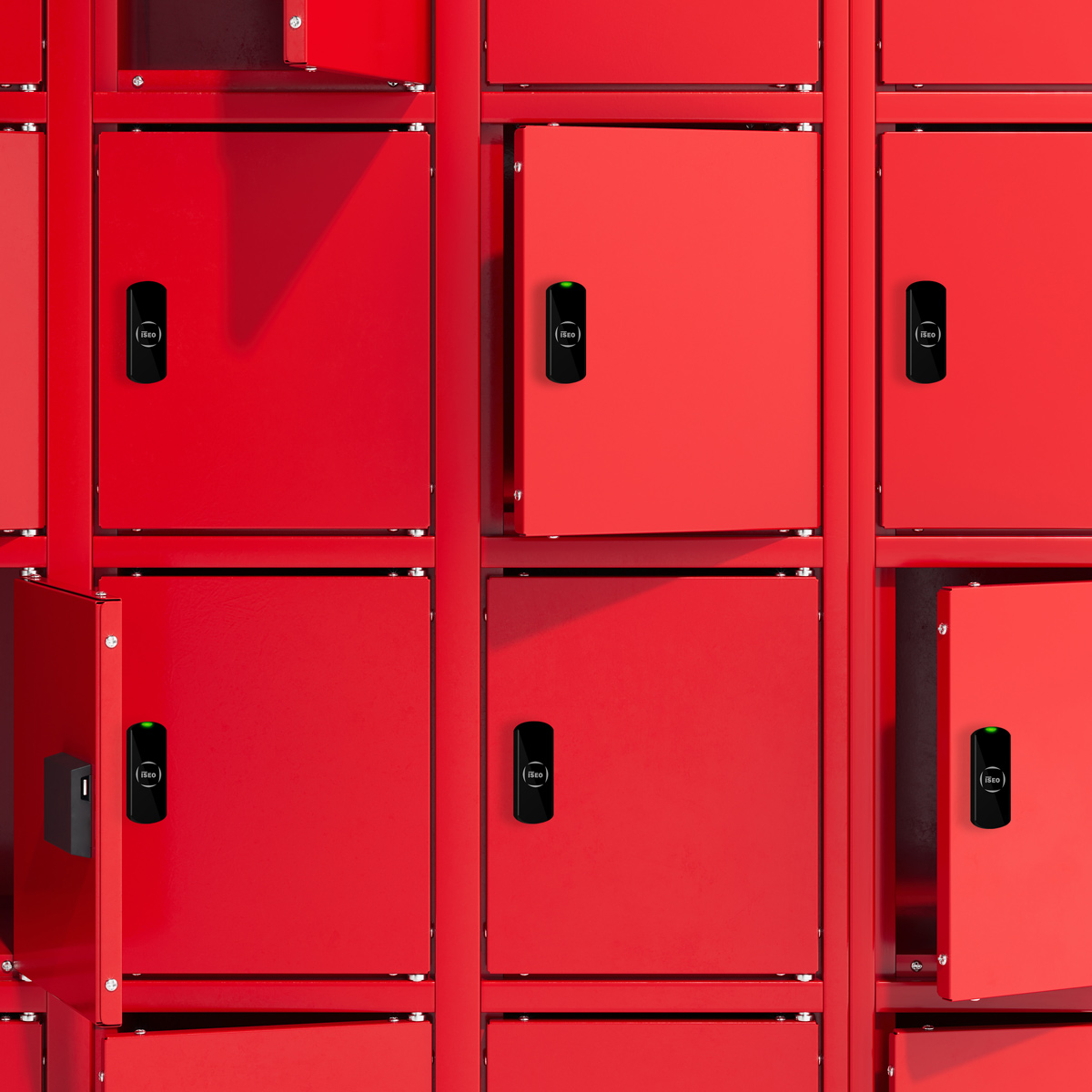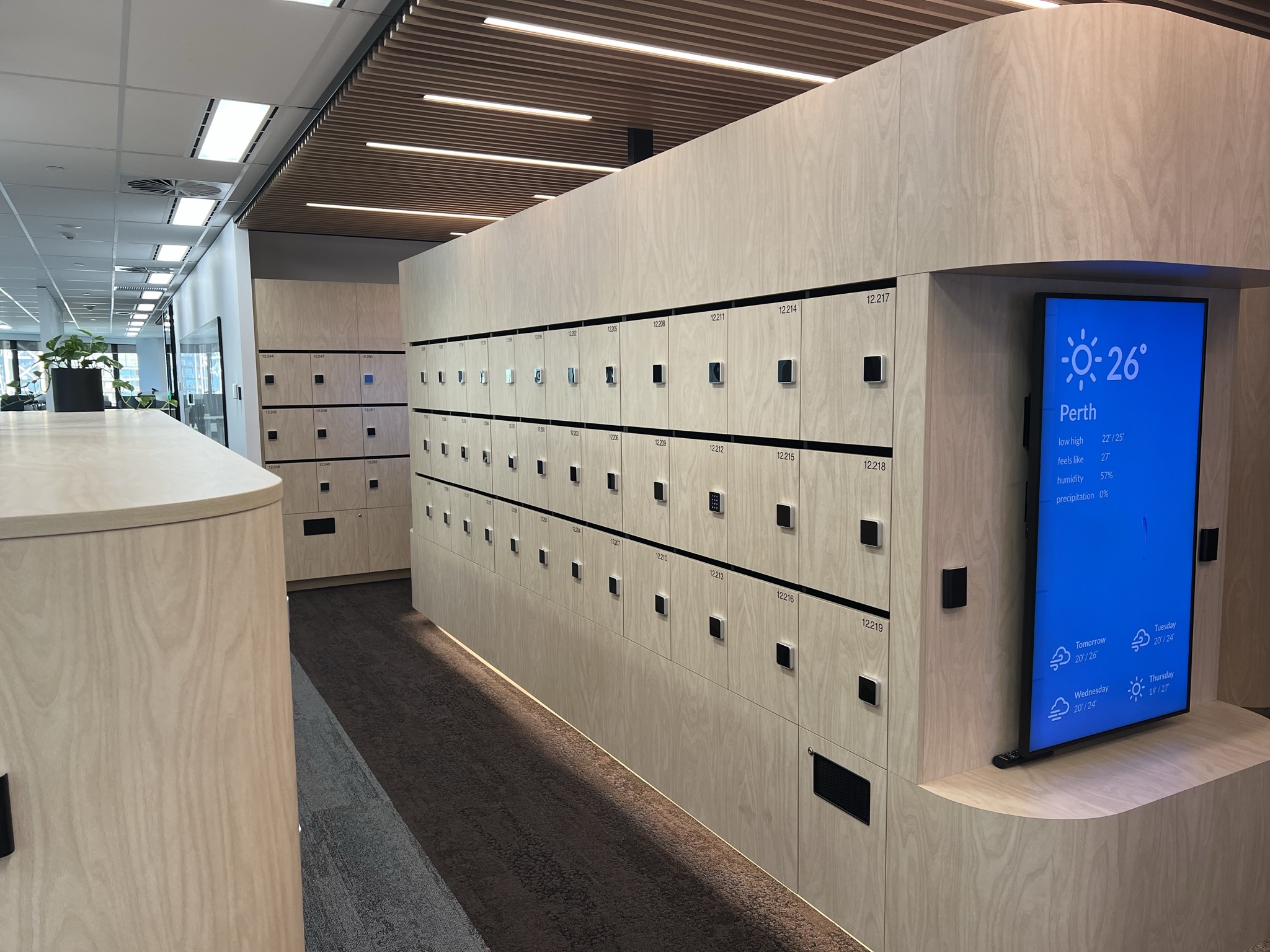Smart locker systems are increasingly becoming popular in various industries, providing secure storage solutions for valuable items while offering convenience and efficiency. These systems incorporate advanced technologies to ensure the safety and security of stored belongings. Here are some key security measures typically implemented in smart locker systems:

- Biometric Authentication: Smart lockers often feature biometric authentication such as fingerprint scanning or facial recognition to ensure that only authorized individuals can access the lockers. Biometric data is unique to each person, making it a highly secure method of authentication.
- Secure Access Codes: Users may be provided with unique access codes or PINs to open their assigned lockers. These codes are encrypted and securely stored within the smart locker systems, minimizing the risk of unauthorized access.
- RFID/NFC Technology: Radio-frequency identification (RFID) or Near Field Communication (NFC) technology is commonly used in smart locker systems to enable contactless access. Users can simply tap their RFID cards or NFC-enabled devices to unlock their designated lockers, enhancing convenience while maintaining security.
- Encryption: All communication between the smart locker system components, such as the control panel, lock mechanisms, and backend server, is encrypted to prevent interception and tampering by malicious actors. Strong encryption protocols ensure that data transmitted within the system remains confidential and secure.
- Tamper Detection: Smart lockers are equipped with sensors that detect any tampering attempts, such as forced entry or manipulation of the locking mechanisms. In the event of unauthorized tampering, the system can trigger alerts and initiate security protocols to prevent further access and notify administrators.
- Video Surveillance: Many smart locker installations incorporate video surveillance cameras to monitor locker areas in real time. Video footage can serve as valuable evidence in case of security incidents or suspicious activities, deterring potential intruders and enhancing overall security.
- Remote Monitoring and Control: Administrators have access to a centralized control panel or management software that allows them to monitor locker usage, track access logs, and remotely manage locker assignments. This enables quick response to security threats or operational issues, ensuring the integrity of the system.
- Auditing and Reporting: Smart locker systems maintain comprehensive audit logs documenting all user activities, including locker access attempts, successful openings, and failed authentication attempts. These logs are essential for compliance, accountability, and forensic analysis in the event of security breaches.
- Physical Security Features: Smart lockers are constructed with robust materials and reinforced designs to withstand physical attacks and unauthorized entry attempts. High-quality locks, hinges, and anti-tamper mechanisms further enhance the physical security of the lockers.
- Integration with Access Control Systems: Smart locker systems can be integrated with existing access control infrastructure, such as card readers or biometric scanners, to enforce access policies and ensure seamless integration with the broader security ecosystem of the facility.
- Backup Power Supply: To prevent lockouts during power outages or system failures, smart locker systems may include backup power sources such as batteries or uninterruptible power supplies (UPS). This ensures continuous operation and accessibility of lockers under various circumstances.














